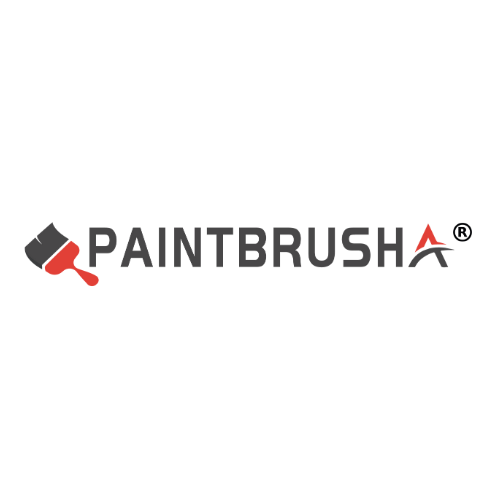When choosing a paintbrush suitable for metal surfaces, the following key factors need to be considered:
1. Types of paint brushes
Natural brushes and synthetic brushes
Natural brushes: Usually made of materials such as pig bristles and wool, they have good elasticity and paint absorption performance, and are suitable for applying oil-based paints and alkyd paints, etc. For coating on metal surfaces, natural brushes can provide good adhesion and a uniform paint film.
Synthetic brushes: Made of materials such as nylon and polyester fibers, they feature wear resistance, acid and alkali resistance, and anti-static properties, making them suitable for applying water-based paints and latex paints, etc. Although synthetic brushes may be slightly less effective than natural brushes when applying oil-based paints, they are still a good choice in certain specific situations (such as those requiring quick drying or anti-static properties).
2. The size and shape of the paintbrush
Size
Choose the appropriate paint brush size based on the size and shape of the metal surface. For large metal surfaces, wide-width paintbrushes can be chosen to enhance the painting efficiency. For small areas or detailed parts, a small-sized paintbrush can be chosen for fine painting.
Shape
The shape of the bristles of a paintbrush can also affect the painting effect. Generally speaking, straight bristles are suitable for painting flat or large areas of the surface. Flat brushes or fan-shaped brushes are suitable for painting detailed areas such as corners and crevices.
3. The hardness of the paint brush
The hardness of the paintbrush will affect the hand feel during painting and the uniformity of the paint film. For metal surfaces, it is recommended to choose a paintbrush with moderate hardness to better control the brushing force and the thickness of the paint film. A hard paintbrush may cause the paint film to be too thick or leave brush marks. A paintbrush that is too soft may not provide sufficient adhesion.
4. Durability of the paintbrush
Consider the durability of the paintbrush and choose one that can withstand frequent use and cleaning. High-quality paintbrushes are usually made of durable materials and processes, which can extend their service life and reduce the frequency of replacement.
5. Applicability of paintbrushes
Different metal surfaces may require different types of paintbrushes. For instance, for smooth metal surfaces, a paintbrush with soft and fine bristles can be chosen to avoid scratching the surface. For rough metal surfaces, a paintbrush with slightly harder and more wear-resistant bristles can be chosen to enhance adhesion and durability.
6. Personal preferences and experiences
In addition to the above factors, an individual’s painting experience and preferences can also influence the choice of paintbrushes. If you are an experienced painter, you may prefer to use a specific type of paintbrush. If you are a beginner, you can choose a paint brush that is easy to master and use.
Recommended choice
For coating metal surfaces, it is recommended to choose natural bristles, especially pig bristle brushes or wool brushes. These brushes have excellent elasticity and paint-absorbing performance, capable of evenly brushing metal surfaces and providing good adhesion. At the same time, choose a paintbrush of the appropriate size, shape and hardness according to your specific needs. For instance, for large metal surfaces, a wide and medium-hardness bristle brush can be chosen. For small areas or detailed parts, a small-sized and soft wool brush can be chosen.
